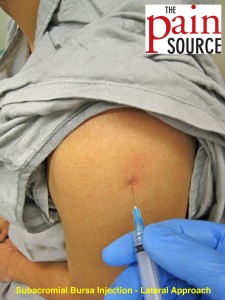
By Chris Faubel, MD —
Indications
- Subacromial bursitis
- Rotator cuff tear, degenerative, tenosynovitis
- Shoulder impingement
- **see all ICD-9 and ICD-10 codes at the end of the post
CPT code: 20610
Materials Needed
- Pen – clicking type
- Gloves – non-sterile
- Alcohol swabs
- Band-aid
- 3-ml or 5-ml syringe
- 25-gauge 1.5″ needle
- 1-ml of 40mg/ml Depo-Medrol or Kenalog
- 2 to 4-ml of 1% lidocaine
Technique / Procedure Steps– Lateral approach
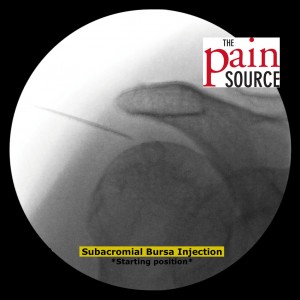
- Always start with informed consent from the patient, and then a time-out to verify correct patient and injection site.
- Mark the injection site with the pen tip in order to leave an impression in the skin.
- Clean the skin thoroughly with as many alcohol swabs as needed (usually only one is needed).
- With the 25G 1.5″ needle attached to the 3- or 5-ml syringe, enter the skin with a slight superior angle. If any periosteum is met with the needle tip, redirect. Typically need to use all of the 1.5-inches.
- Aspirate to make sure you’re not in any vessel.
- After negative aspiration, inject the full contents of the syringe. If the injectate is not flowing easily, you may be in a tendon; redirect or slightly pull out the needle until it flows easily.
- Withdraw the needle and apply band-aid.
Video of a subacromial bursa injection performed under fluoroscopy is HERE
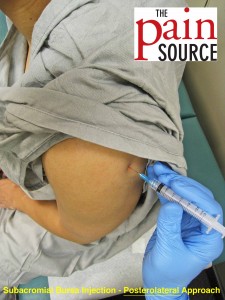
Technique / Procedure Steps – Posterolateral approach
- Same as above, except go into the skin at the posterolateral shoulder (where the spine of the scapula curves around to become the acromion process).
- The injection angle should be slightly superior (cephalad) and at a 40-45 degree medial angle (click corresponding photo)
Tips
- Finding the injection site- LATERAL APPROACH
- Palpate the spine of the scapula and follow it around laterally and anteriorly as it forms the acromion.
- Fall off the lateral acromion and palpate the depression. Then go a couple more millimeters inferiorly to mark the injection site.
- Numbing the skin
- Find out all about “Taking the Sting Out” (of injections) by going here.
- Since I use a 25-gauge needle, most patients have no problem with the injection and don’t need any extra lidocaine skin wheal or freezing spray.
- I tell them numbing the skin with lidocaine will probably hurt more than the actual injection.
- Procedure for a “pain free” injection
- Fill a 27G 1/2″ tuberculin syringe with 1-ml of 1% lidocaine.
- Use ethyl chloride spray to “numb” the skin over the injection site; then quickly create the skin wheal of lidocaine.
- Insert the tip of the needle just below the surface of the skin, almost at a parallel angle. Then inject about 0.25-ml to create the skin wheal.
- Redirect the needle perpendicular to the skin in the direction that your 25G needle will go, and inject the rest of the Tb syringe along the entire length of the needle.
- Corticosteroid used
- Some practitioners will use Celestone Soluspan because they feel it causes less post-injection flare.
- If the patient has a history of post-injection flare, use a more water-soluble steroid — Celestone Soluspan, compounded betamethasone sodium phosphate, or decadron (dexamethasone sodium phosphate)
- After the injection
- Have the patient move their shoulder for a few seconds. I show them some simple bent-over Codman circles.
- Then, have the patient abduct their shoulder so they can see the immediate effects of the lidocaine.
- Explain to the patient that the lidocaine will wear off in an hour or so, and that they will be back to their normal pain until the steroids start kicking in (anywhere from 1-7 days).
- May also ask the patient to avoid any overhead activities for 12-24 hours.
Diagnostic Billing Codes
- Subacromial bursitis
- ICD-9 code: 726.19 (“other specified disorders of bursae and tendons in shoulder region”)
- ICD-10 code: M75.5 (“bursitis of the shoulder”)
- Rotator cuff tear, degenerative, tenosynovitis
- ICD-9 code: 726.10 (“disorders of bursae and tendons in shoulder region, unspecified”)
- ICD-10 code: M75.1 (“rotator cuff syndrome”)
- Shoulder impingement
- ICD-9 code: 726.2 (“other affections of shoulder region, not elsewhere classified”)
- ICD-10 code: M75.4 (“impingement syndrome of shoulder”)

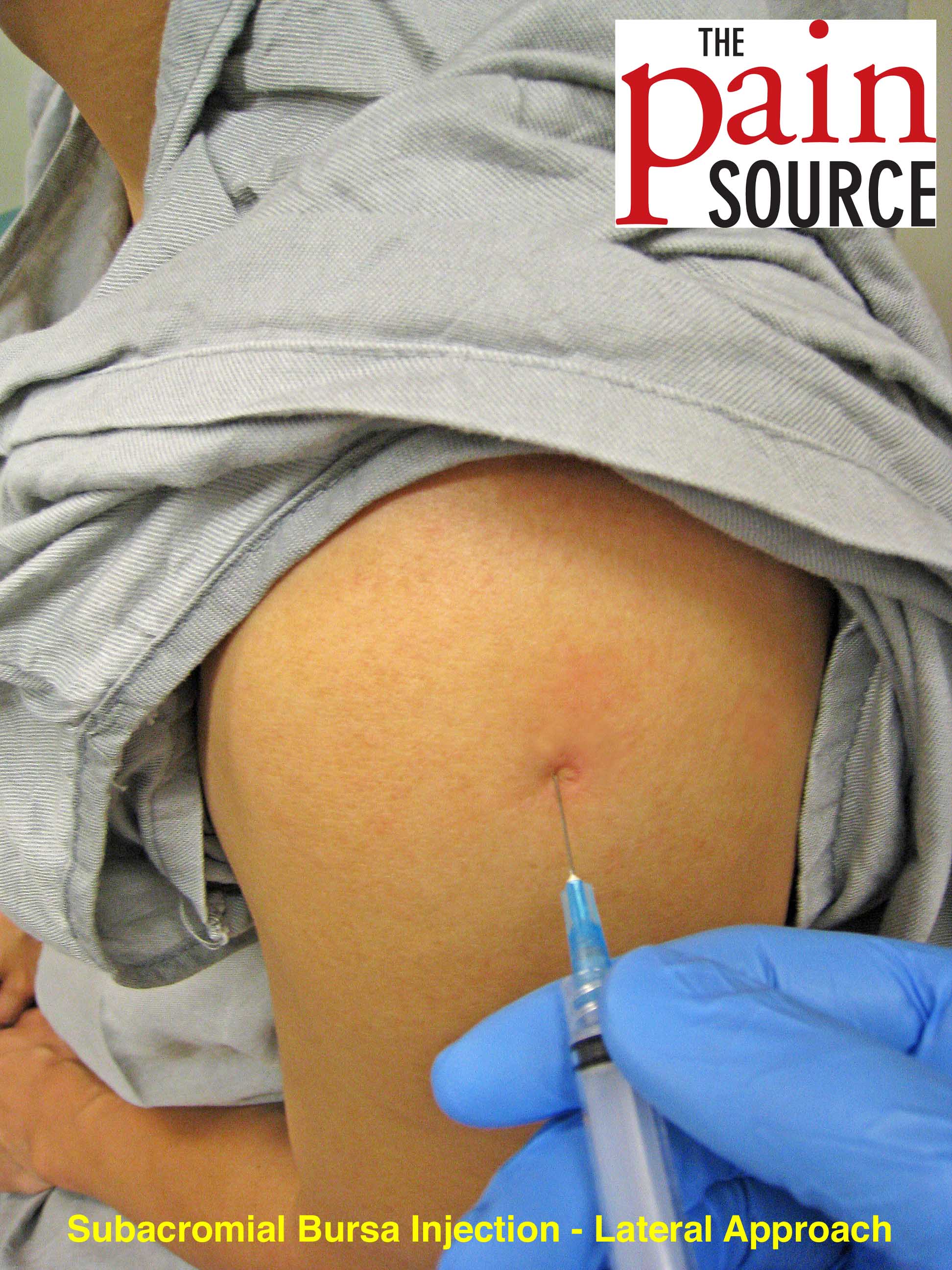

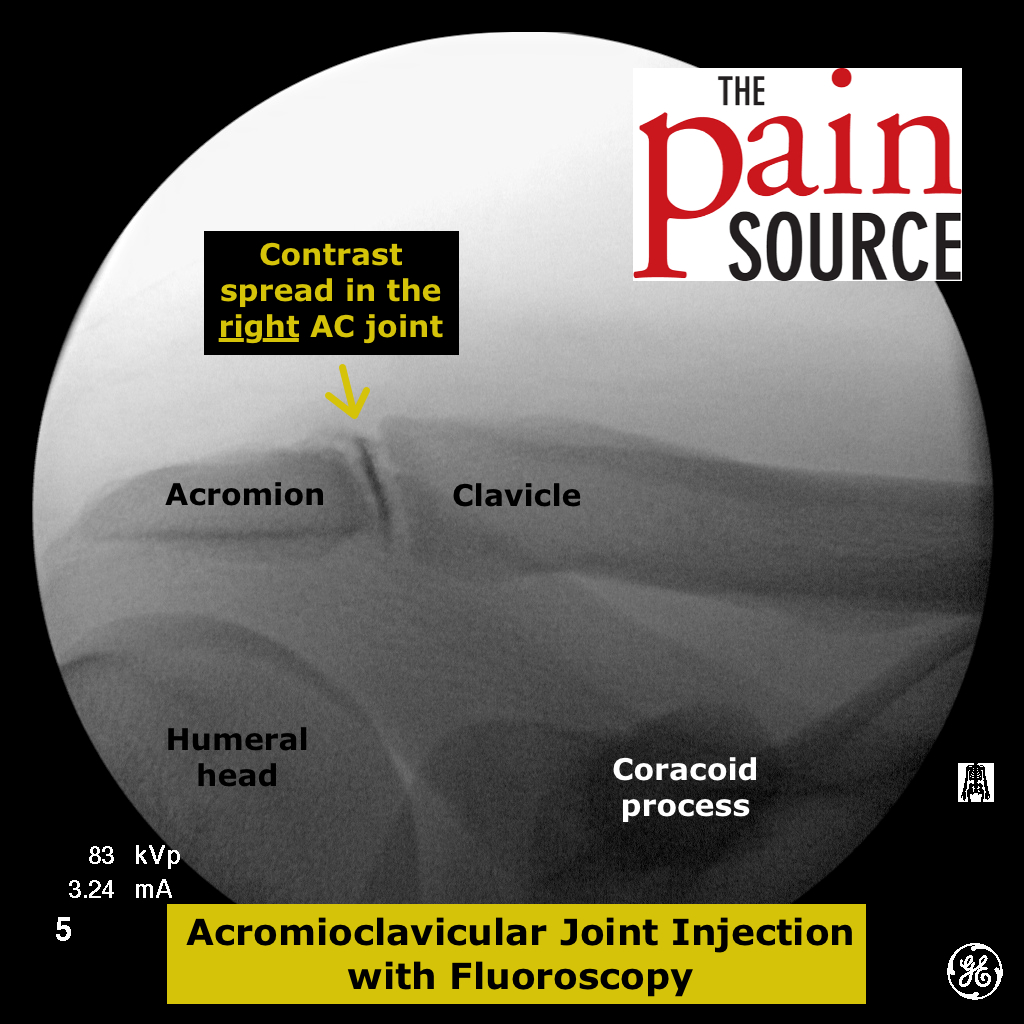
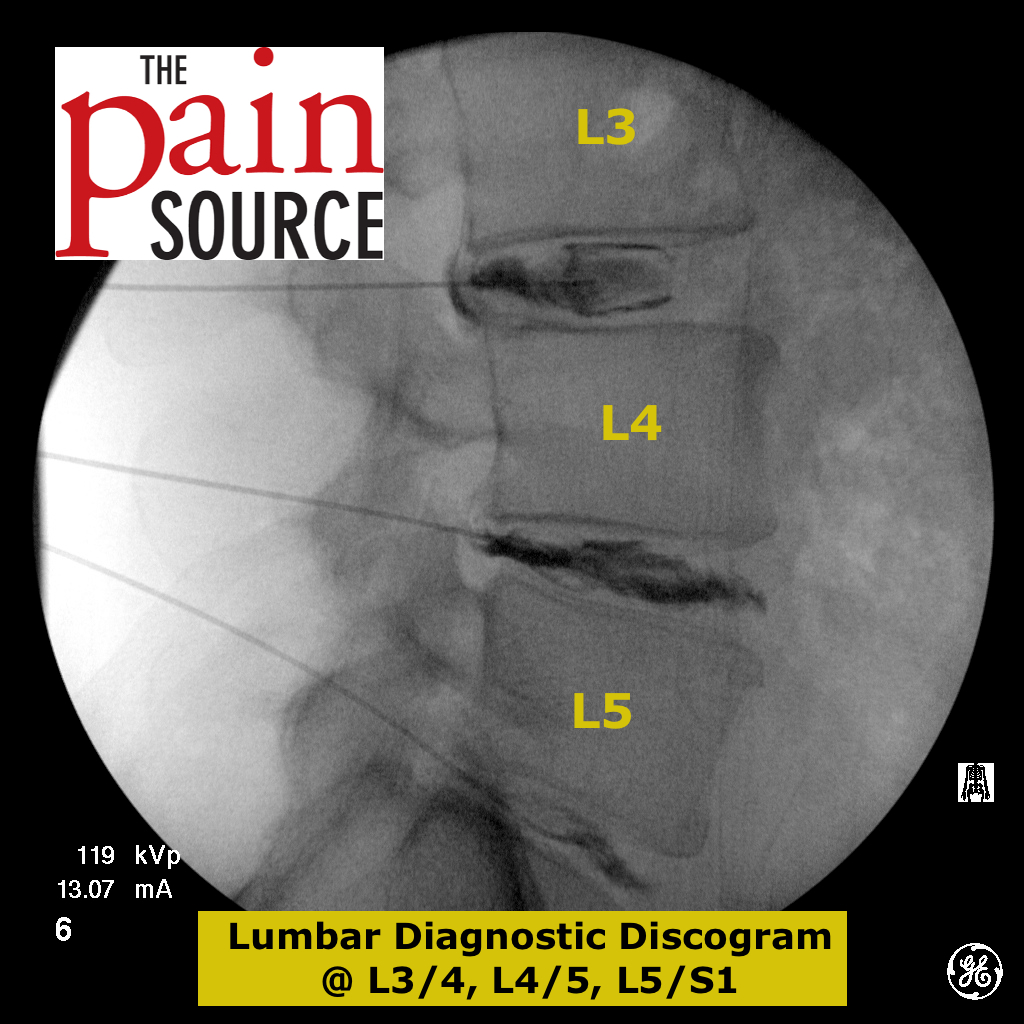












One straight easy shot!